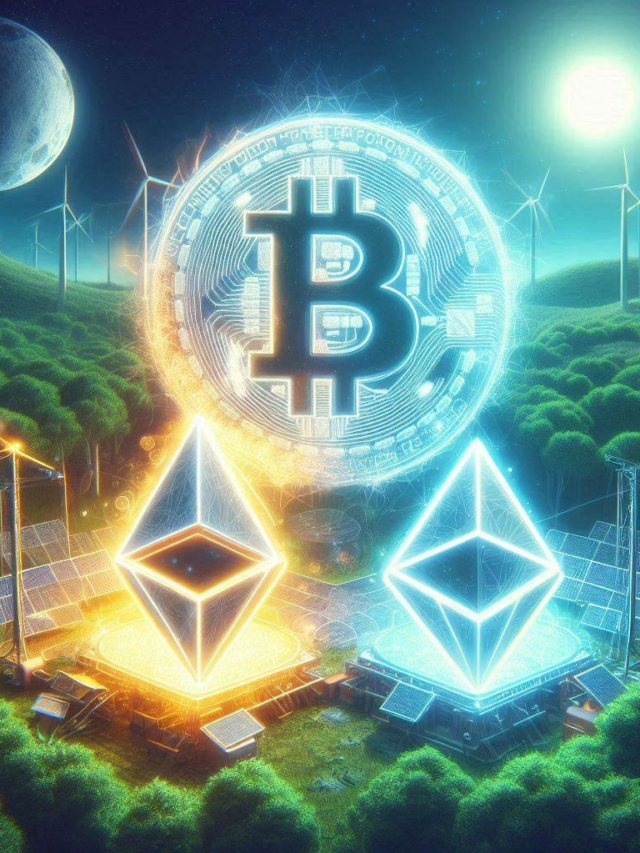Artificial intelligence is advancing quickly, learning to imitate human-like conversations, create art, and even replicate video games. However, a recent study warns that this rapid growth could contribute to a significant increase in electronic waste, with projections suggesting an additional 1.2 to 5 million metric tons by 2030 due to generative AI technologies. The study focuses on large language models, highlighting their energy demands and hardware needs. If not managed properly, this could worsen existing e-waste issues. The researchers emphasize that adopting circular economy strategies, like reusing materials and extending the life of existing technology, could substantially reduce the environmental impact associated with the rise of generative AI.
Artificial intelligence (AI) is evolving quickly, impressively mimicking human behavior in various forms. We see generative AI creating art, writing, making films, and even replicating video games. However, a recent study from the Chinese Academy of Sciences and Reichman University raises a critical concern: as AI becomes more prevalent, it might unintentionally contribute to environmental damage, particularly through the increase of electronic waste.
The surge in popularity of AI technologies, like chatbots such as ChatGPT, could lead to a significant rise in electronic waste—estimated to be between 1.2 million and 5 million metric tons by 2030. This alarming increase highlights the environmental implications associated with the massive computing resources needed to train and operate large language models (LLMs), which rely heavily on advanced hardware and infrastructure.
The authors of the study pointed out that these AI systems demand a substantial amount of energy to function, which poses sustainability challenges. They forecast different scenarios based on the level of AI adoption, with the most intensive usage potentially generating as much as 5 million metric tons of e-waste in the next few years. This is roughly the equivalent of every person on Earth throwing away a smartphone.
The researchers emphasize that the situation doesn’t have to escalate to such extremes. By adopting circular economy strategies, like extending the lifespan of technology and reusing materials, we could significantly reduce the e-waste impact of generative AI by as much as 86 percent.
In summary, while AI opens up exciting possibilities, we must remain vigilant about its environmental footprint and strive to implement smarter, more sustainable practices in the tech industry. The findings of this study, published in Nature Computational Science, highlight the importance of balancing innovation with ecological responsibility.
Tags: artificial intelligence, generative AI, electronic waste, sustainability, environmental impact, large language models.
What is e-waste?
E-waste, or electronic waste, refers to discarded electronic devices like old phones, computers, and TVs. It can be harmful to the environment if not disposed of properly.
Why do scientists think AI will create a lot of e-waste?
Scientists believe that as AI technology advances, more devices will be made to support it. This can lead to a large number of old devices being thrown away, increasing e-waste.
What are the dangers of e-waste?
E-waste can contain harmful materials like lead and mercury, which can pollute the environment and pose health risks to humans and animals if not handled correctly.
How can we reduce e-waste from AI devices?
We can reduce e-waste by recycling old devices, choosing devices with longer life spans, and supporting companies that use sustainable materials and practices.
What should I do with my old electronic devices?
It’s best to recycle them at designated e-waste recycling centers or donate them if they still work. Avoid throwing them in the regular trash to help protect the environment.






